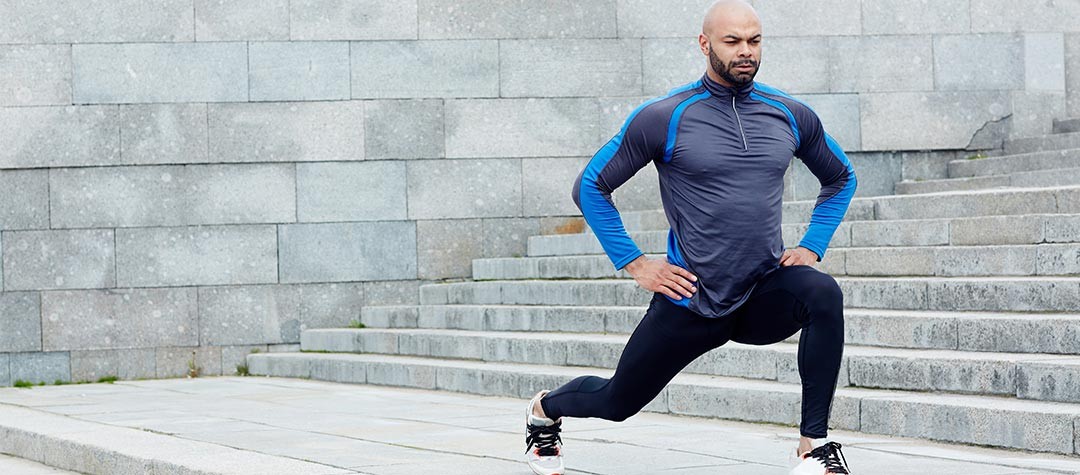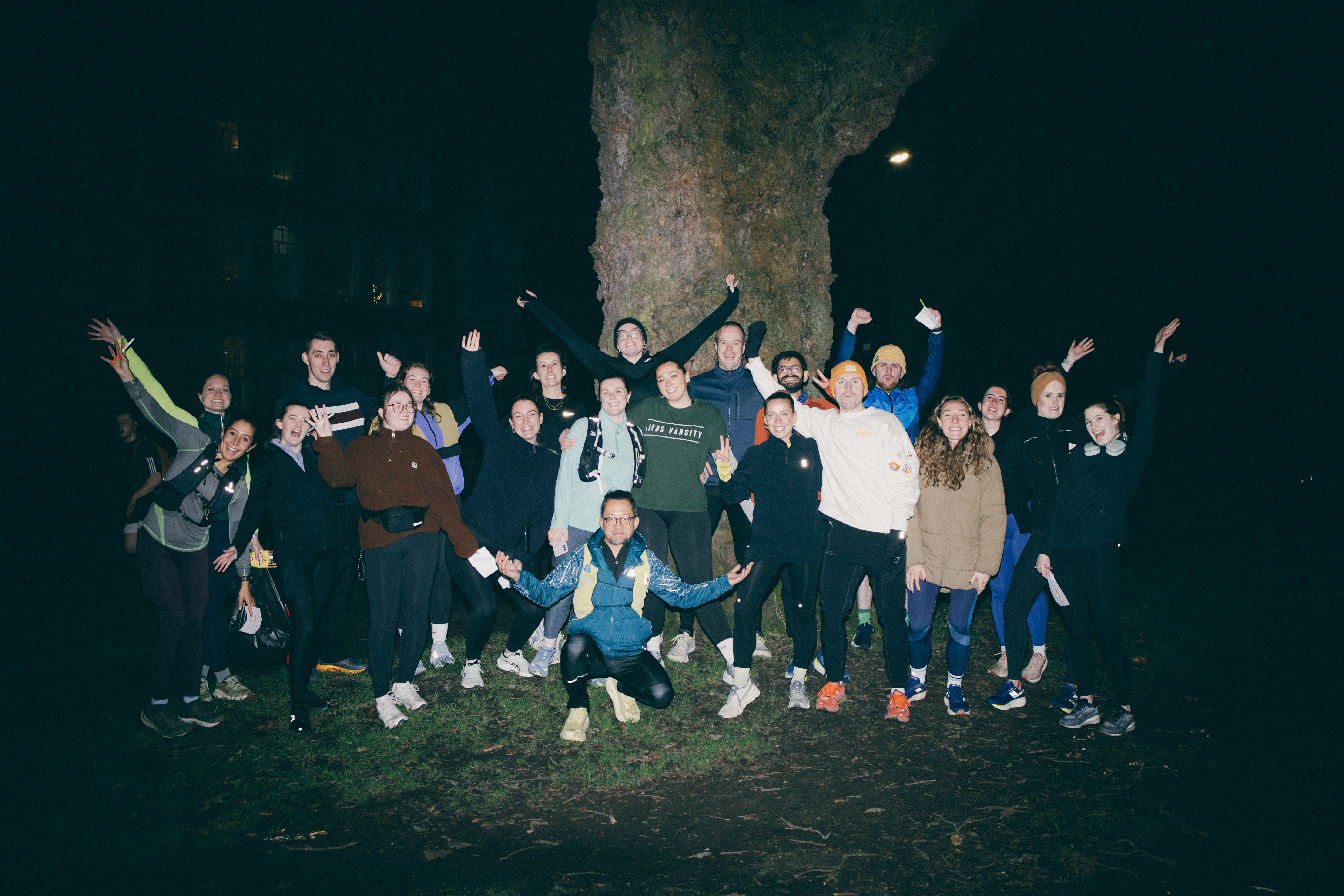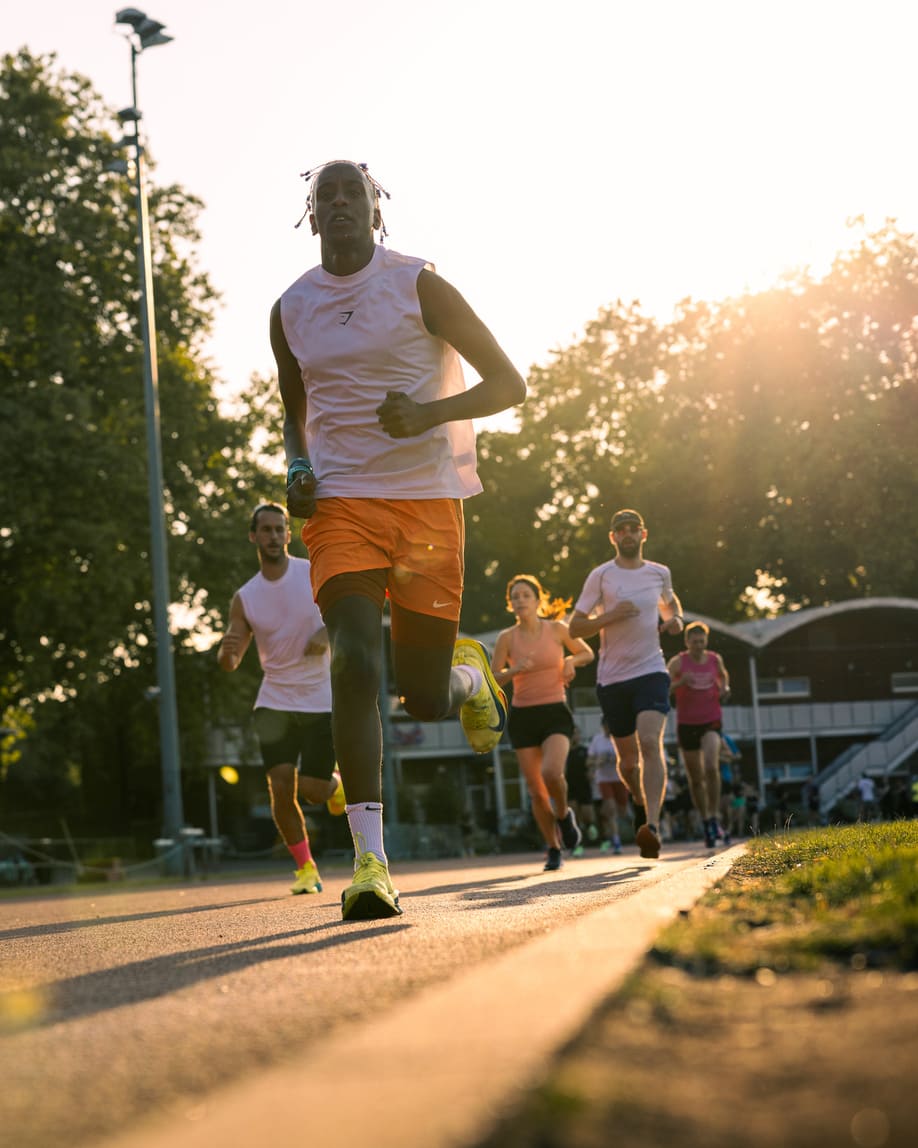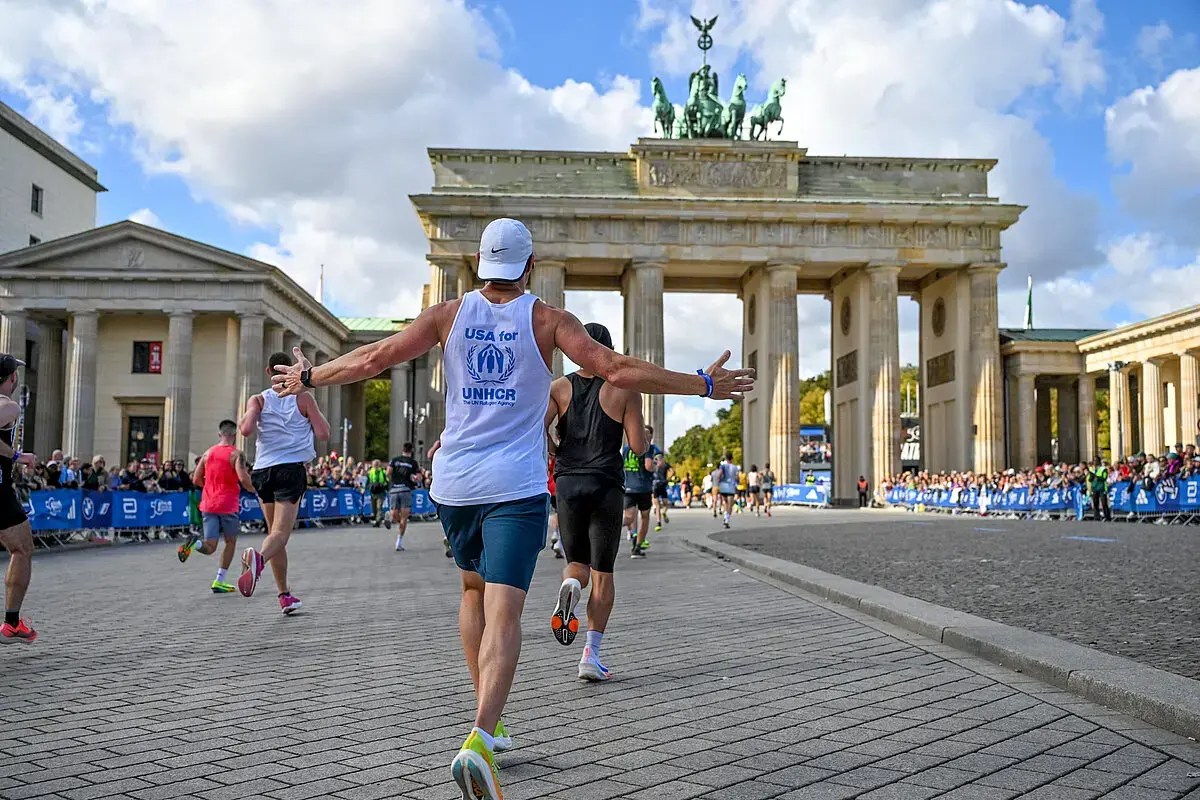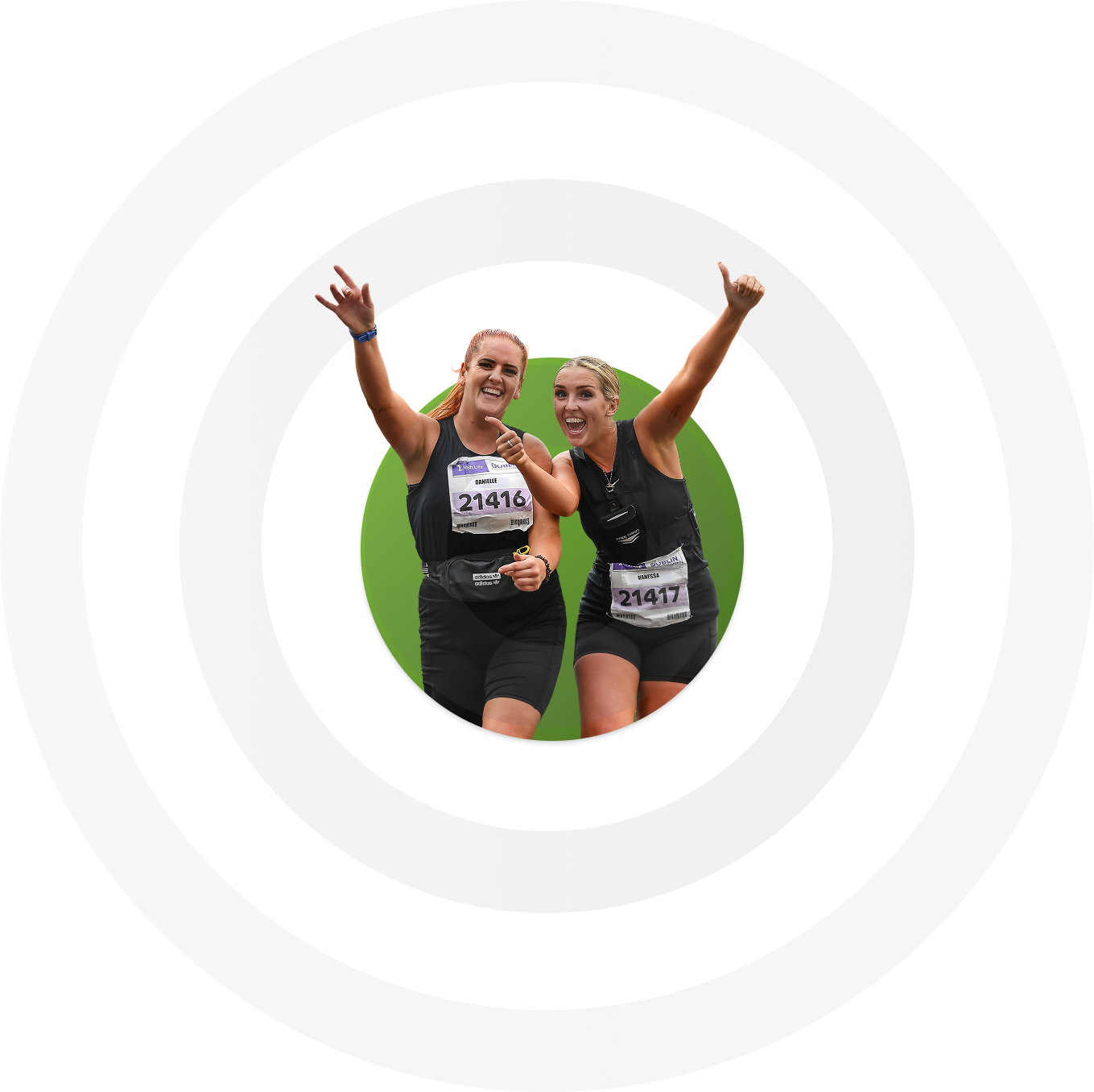Runners don’t just get strong through running. Louise Damen shares the vital exercises that runners should be doing in order to improve their performance.
As a runner the only training that you need to do is running, right?! But whilst it’s true that the majority of your training should be running, you also need to ensure that your body is strong enough to cope with the increased load. A small amount of strength and conditioning work can go a long way; it can help to prevent injuries and can also improve running form and efficiency. However, as I discovered last year, the exercises that you do, need to be functional. There’s little point in being a pro at doing exercises on a mat if you can’t then apply strength or core stability whilst running! With that in mind, I’ve put together my top five running specific exercises.
1. Runner touch
This exercise is great for working on glute strength and leg stability, both of which are essential for injury prevention . Start in a textbook running position, with one knee held high at 90 degrees to your torso. Balancing on one leg, hinge at the hip to touch the toe with the opposite hand. Make sure that the standing leg stays stable and prevent the knee from collapsing into the midline. To do this you will need to switch your glutes on. Return to the running position without losing your balance. For added strength you can do this exercise whilst holding a dumbbell or a kettlebell. Try three sets of 8-10 reps.
2. Calf raises
Every time that your foot strikes the ground an impact of more than three times your bodyweight travels up through your lower legs. That’s a lot of shock for your calf muscles to absorb! It goes without saying that your calf muscles and Achilles tendons need to be strong enough to withstand this impact.
Stand on a step with your heels hanging over the edge. Raise up onto your tip toes and then concentrate on lowering your heels slowly back to the starting position. Once you have mastered lowering on both legs you can progress to single leg. Aim to build up to three sets of fifteen reps.
3. Tibialis posterior exercise
Your tibialis posterior is an incredibly important muscle and tendon when it comes to stabilising your lower leg. It plays a major role in helping to control the medial arch in your foot, which helps to prevent over-pronation.
Sit on the floor or a chair and loop a thera-band around your foot. Anchor the thera-band around a fixed object. Turn your foot inwards against the resistance of the band as if to look at the sole of your foot. Check out this video for a demo. Aim to build up to three sets of twenty five reps.
4. Mountain climbers
This exercise is one of the most functional ways of improving your core stability as you need to keep your trunk stable whilst moving your legs, which is essentially what you need to do whilst running.
Place your elbows on a swiss ball and assume a plank position. Brace your abs and then move one knee as close to your chest as possible. Don’t allow your back to sag as you raise your knee. Return to the starting position and then raise the opposite knee. Alternate back and forth. If you don’t have a swiss ball you can try the exercise on a bench or chair instead. Aim to build up to three sets of thirty seconds.
5. Walking lunges
Walking lunges are great for challenging your balance, proprioception and dynamic flexibility, as well as working on quad and glute strength.
Keeping your head and chest up, switch on your core muscles and take a wide step. Drop your back knee towards the floor. Be sure that your knee and ankle on your forward leg remain in alignment. Using your glutes, drive your hips through and take the next forward step. If you want to challenge your core stability and strength further, you can perform this exercise whilst holding a medicine ball above your head. Again, check out this video for a demo.
I hope these exercises help you to become a speedier and stronger runner. Happy training!
